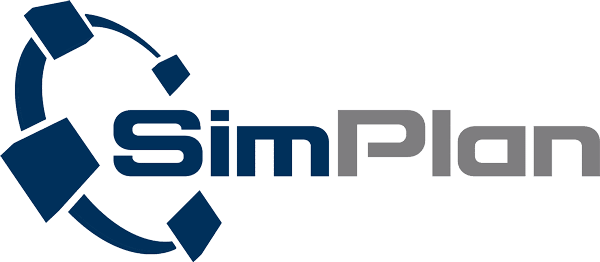
Simulation in the healthcare sector
The verification of processes and material flows with the help of simulation is becoming more and more popular – also within the health care sector. With the aid of simulation, you can evaluate different scenarios without disturbing the running operation or even endangering human life.
The method is mainly used for optimization projects as well as for new and reconstruction projects, but also for the assessment of emergency scenarios. The animation of sequences creates a general understanding within a short time and helps to present knowledge convincingly.
Simulation helps to improve planning and to identify planning errors at an early stage – process costs can therefore be reduced sustainably.

Example for the use of simulation to plan therapies in a psychiatric facility
Advantages of hospital simulation
- Optimisation of patient flows: Improvement of processes and reduction of waiting times through analysis and simulation of patient pathways.
- Capacity planning: Exact planning of room capacities and resources to meet future requirements.
- Cost reduction: Early detection of planning errors and optimisation of process costs.
- Risk minimisation: Simulation of emergency scenarios to check organisational changes and critical events in advance.
- Transparent decision-making: Better traceability of planning decisions thanks to visualisation and animation.
- Data-driven process optimisation: Use of large amounts of data for precise analysis and informed decision-making.
- Increased efficiency: Improvement of processes in costly and critical areas such as operating theatres or intensive care units.
These advantages offer hospitals and healthcare facilities an efficient way to analyse and optimise their processes.
Typical applications of simulation in healthcare
- Examination and optimization of treatment and process paths as well as patient flow
- Assessment and interpretation of spatial concepts
- Pre-audit of organizational changes
- Identification or verification of personnel or resource requirements in real operation
- Evaluation and optimization of cost-intensive areas, such as surgery, intensive care units, use of large medical devices etc.
- Review of administrative processes
- Creation and review of emergency scenarios
- Analysis and design of logistic concepts (manual and automatic systems, conveyor systems, driverless transport systems, warehouses)
